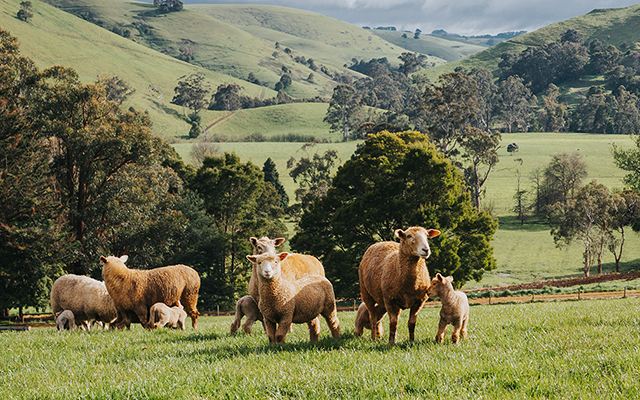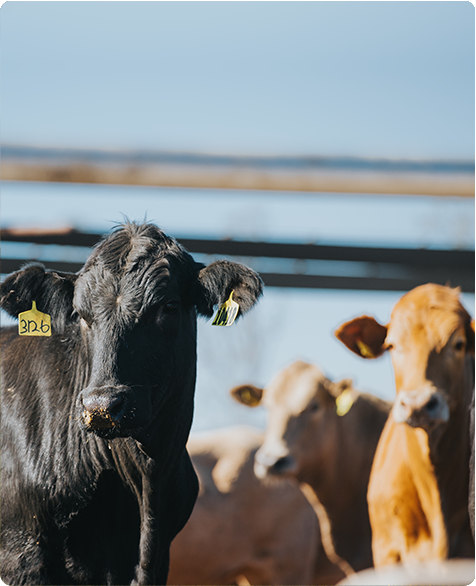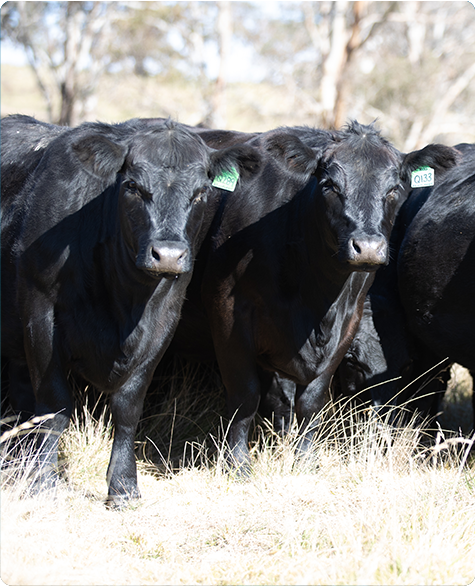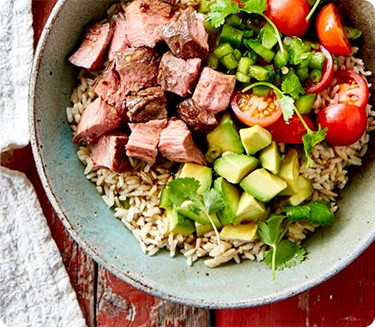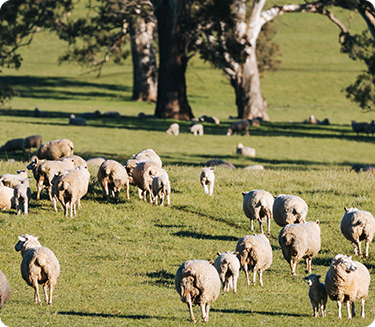- Red meat and the environment Red meat is more than just good for you – it’s also having a positive impact on the environment, with the goal of being carbon neutral by 2030.
- Health and nutrition Packed with essential nutrients Australian red meat is recommended in a healthy diet.
- Animal wellbeing The Australian red meat industry works tirelessly to look after their animals, ensuring they have the best quality of life.
- Schools The Australian red meat and livestock industry has developed a range of curriculum aligned resources for primary and secondary students.
- Blog Articles and insights on how Australian red meat is produced.
- Resources Share the positive story of Australia red meat with these infographics and videos.
Home
Guide to Red Meat and Nutrition | Red Meat Health Benefits | AGM
The safety of red meat | Australian Good Meat


